
About Indo-Pacific Economic Framework for Prosperity (IPEF):
- Indo-Pacific Economic Framework for Prosperity (IPEF) is an economic initiative launched by United States President Joe Biden on May 23, 2022.
- IPEF has fourteen member states: Australia, Brunei, Fiji, India, Indonesia, Japan, South Korea, Malaysia, New Zealand, Philippines, Singapore, Thailand, United States and Vietnam.
- During the Bali Round, discussions covered all four pillars of the IPEF: Trade (Pillar I); Supply Chains (Pillar II); Clean Economy (Pillar III); and Fair Economy (Taxation & Anticorruption) - (Pillar IV).
- India participated in the discussions related to Pillars II to IV.
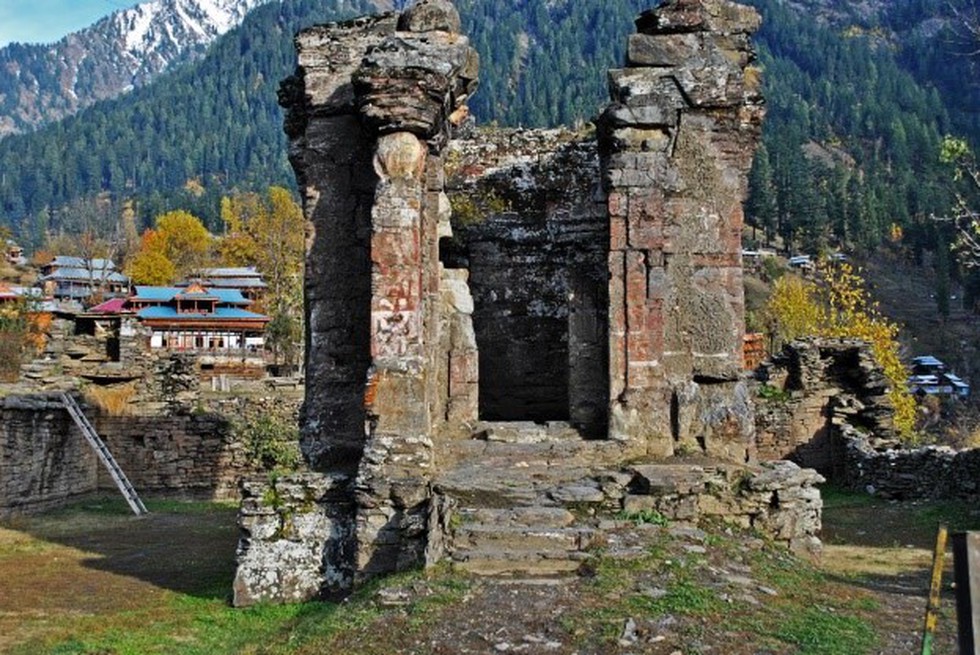
About Sharda Peeth:
- Sharda Peeth is an abandoned Hindu temple and ancient centre of learning.
- Location:It is located in the village of Sharda in the valley of Mount Harmukh, along the Neelam River in the Pakistani-administered territory of Azad Kashmir. It lies 16 miles to the northwest of the Line of Control.
- As a Centre of Learning: Between the 6th and 12th centuries CE, it was one of the foremost centres of higher learning, hosting scholars such as Kalhana, Adi Shankara, and Vairotsana.
- It is also said to be where Paṇini and Hemachandra completed and stored their writings on Sanskrit grammar.
- Religious significance: Sharda is the most revered religious place for Kashmiri Pandits. They believe that Sharada in Kashmir is a tripartite embodiment of the goddess Shakti: Sharada (goddess of learning), Saraswati (goddess of knowledge), and Vagdevi (goddess of speech).
- It is one of the 18 Maha Shakti Peethas throughout South Asia that commemorate the location of fallen body parts of the Hindu deity Sati.
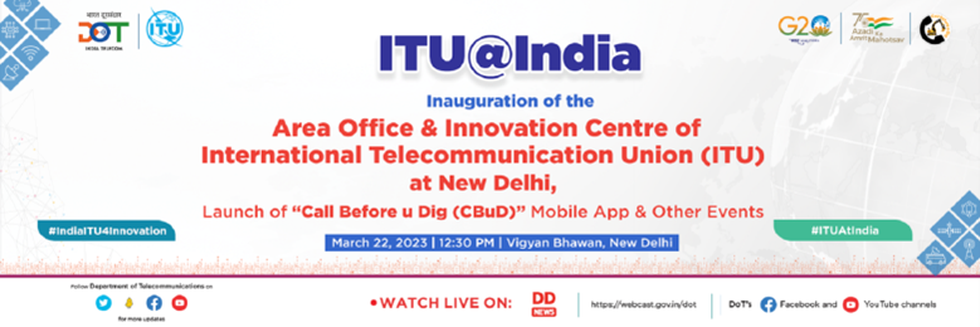
About Call Before u Dig (CBuD) app:
- Aim: To prevent damage to underlying assets like optical fibre cables that occurs because of uncoordinated digging and excavation, leading to losses of about Rs 3,000 crore every year.
How does the app work?
- The CBuD app will connect excavators and asset owners through SMS/Email notifications and click-to-call so that there are planned excavations in the country while ensuring the safety of underground assets.
- It aims to give excavating companies a point of contact, where they can inquire about existing subsurface utilities before starting excavation work.
- Utility owners can also find out about impending work at the location.
- It is an initiative of the Department of Telecommunications, Ministry of Communications.
- It will save potential business loss and minimise discomfort to the citizens due to reduced disruption in essential services like road, telecom, water, gas and electricity.
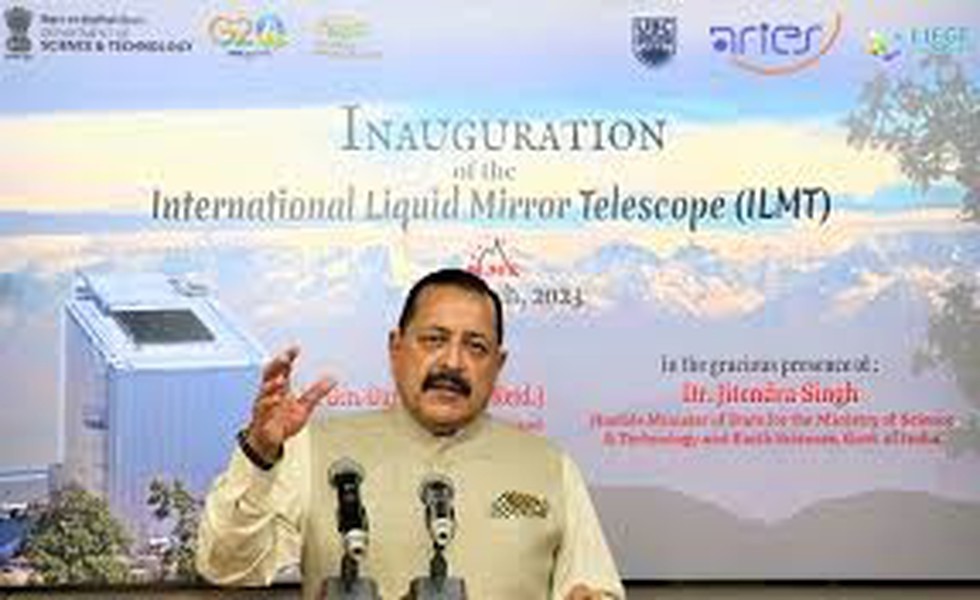
About International Liquid Mirror Telescope:
- ILMT is the first liquid mirror telescope designed exclusively for astronomical observations and is the first optical survey telescope in India.
- It has a 4-meter-diameter rotating mirror made up of a thin layer of liquid mercury to collect and focus light.
- The metal mercury is in liquid form at room temperature, which is highly reflective and designed to survey the strip of the sky passing overhead each night.
- The Devasthal observatory is equipped with the largest aperture telescope available in India that will use Big Data and Artificial Intelligence/Machine Learning (AI/ML) algorithms to classify objects in the sky.
- The telescope has three components: A bowl containing a reflecting liquid mercury metal, an air bearing (or motor) on which the liquid mirror sits, and a drive system.
- The mercury is protected from the wind by a scientific grade thin transparent film of mylar.
- The reflected light passes through a sophisticated multi-lens optical corrector that produces sharp images over a wide field of view and a 4k CCD camera, located above the mirror at the focus, records 22 arc-minute wide strips of the sky.
- The data collected from the ILMT, over an operational time of 5 years, will be ideally suited to perform a deep photometric and astrometric variability survey.
- Maintained by the Aryabhata Research Institute of Observational Sciences (ARIES).

About Kashmiri Stag:
- The Kashmir stag also called hangul is a subspecies of Central Asian red deer endemic to Kashmir and surrounding areas.
- It is found in dense riverine forests in the high valleys and mountains of Jammu and Kashmir and northern Himachal Pradesh.
- In Kashmir, it is found primarily in the Dachigam National Park where it receives protection.
- A small population has also been witnessed in Overa-Aru Wildlife Sanctuary in south Kashmir.
- Conservation status
- IUCN: Critically Endangered
- CITES : Appendix I
Key facts about the Dachigam National Park
- The actual beauty of the park lies in the deep valleys, rocky outcrops, steep wooded slopes and rolling alpine pastures.
- Being located in a mountainous area, Dachigam National Park faces a huge variation in altitude that ranges from 1600 m to 4200 m above sea level.
- This variation in altitude categorises Dachigam National Park into two regions- the upper region and the lower region.
- Flora: It is extremely rich in Wild Cherry, Pear, Plum, Peach, Apple, Apricot, Walnut, Chestnut, Oak, Willow, Poplar, Chinar, Birch, Pine and Elm.
- Fauna: Hangul (Kashmir Stag), Musk deer, Brown Bear, Leopards, Jungle Cats, Himalayan black bear, and a few species of wild goats like the markhor and ibex.
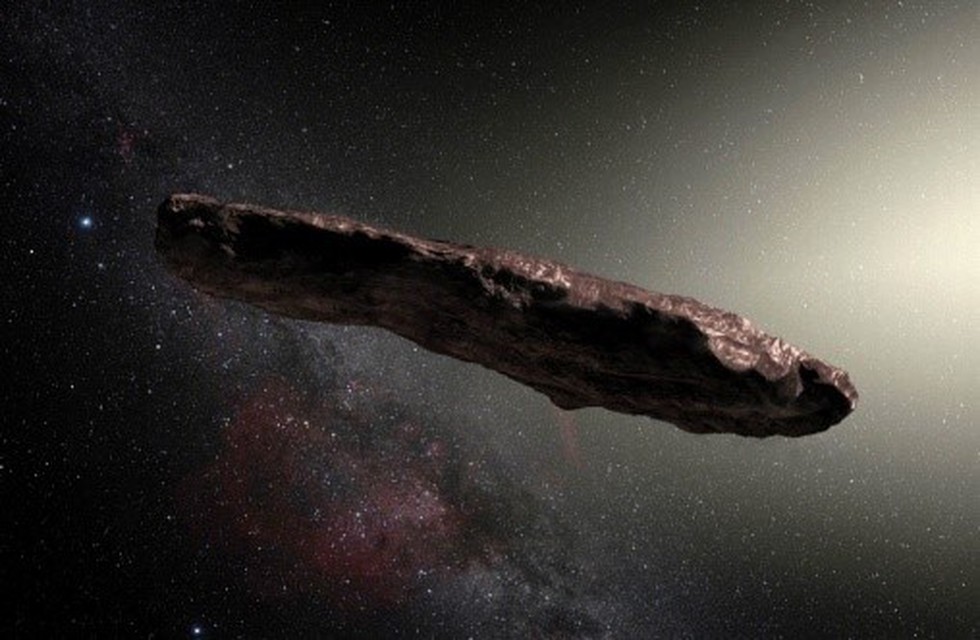
About Oumuamua:
- It is the first confirmed object from another star (interstellar object) to visit the solar system.
- The object was discovered on 19, 2017, by the NASA-funded Pan-STARRS1 telescope.
- Astronomers named the object 1I/2017 U1 (‘Oumuamua), Hawaiian for “a messenger from afar arriving first.”
- Size and Shape: The object is believed to be at least a quarter-mile (400 meters) long and cigar-shaped, with a length roughly ten times longer than the width.
- What was the Mystery?
- It had no bright coma or dust tail, like most comets, and a peculiar shape.
- It was accelerating away from the sun in a way that astronomers could not explain.
- Recent Finding: Researchers say the answer might be the release of hydrogen from trapped reserves inside water-rich ice as the comet warmed up in the sunlight.
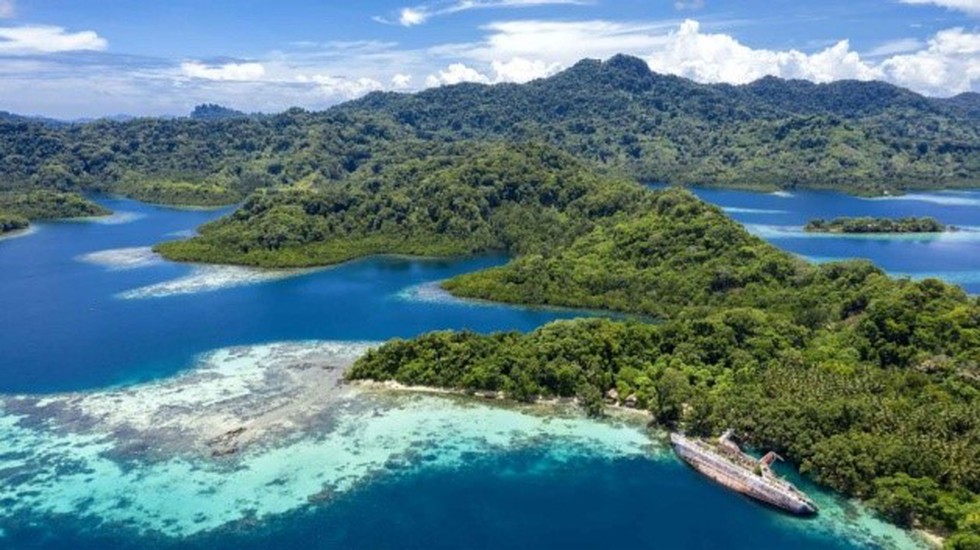
Key Facts about Solomon Islands:
- Location:
- It is an island country consisting of six major islands and over 900 smaller islands in Oceania.
- It is situated in the southwest Pacific Ocean, approximately 2,000 km to the northeast of Australia.
- Capital: Its capital, Honiara, is located on the largest island, Guadalcanal.
- The terrain is mountainous and heavily forested.
- More than 90% of the islanders are ethnic Melanesians.
- Once a British protectorate, the Solomon Islands achieved independence as a republic in 1978.
- Language:
- There are 63 distinct languages in the country, with numerous local dialects.
- English is the official language, but Pijin is the common language for the majority of people.
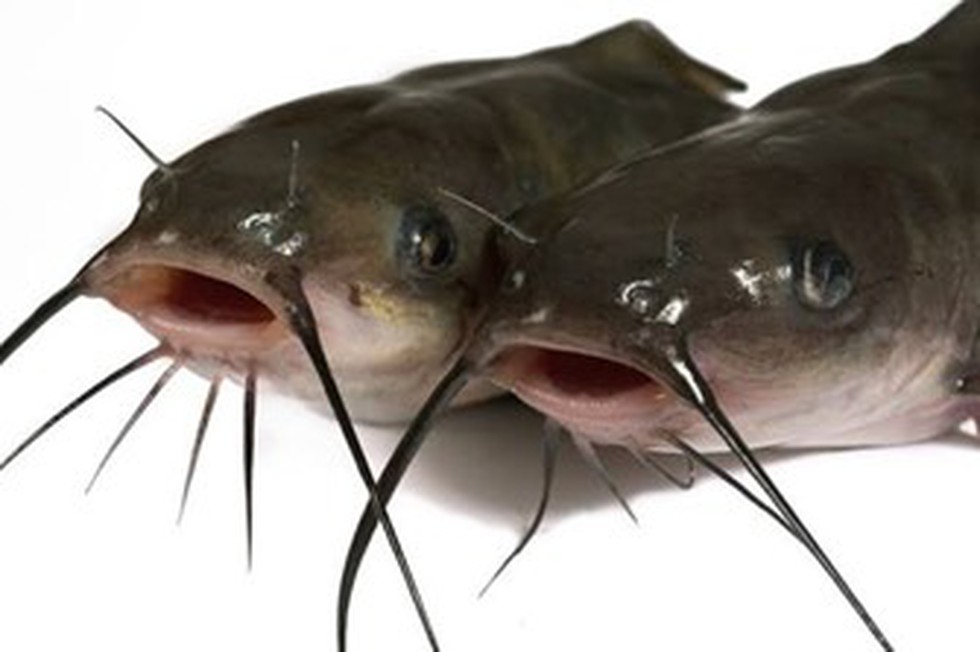
About Exostoma Dhritiae:
- It is a new species of catfish of the genus Exostoma.
- It is a small fish locally called 'Ngorang' by local tribals.
- The new species has been named 'Exostoma Dhritiae' after Dhriti Banerjee, the first woman director of the ZSI.
- It was found in Siking stream, a tributary of the Siang River in the Upper Siang district of Arunachal Pradesh.
Key Facts about Catfish:
- Catfish represent one of the largest groups of freshwater fishes, with more than 2000 species.
- Most catfish are found in freshwater but a few are marine.
- Most species of catfish are nocturnal.
- Catfish are primarily benthic or bottom-dwellers.
- Features:
- Most catfish have a cylindrical body with a flattened ventral to allow for benthic feeding.
- Catfish are so-named because of the long barbels, or feelers, which are present about the mouth of the fish and resemble cat whiskers.
- Most catfish possess leading spines in their dorsal and pectoral fins.
- Catfish are scaleless, a characteristic of catfishes distinguishing them from others.
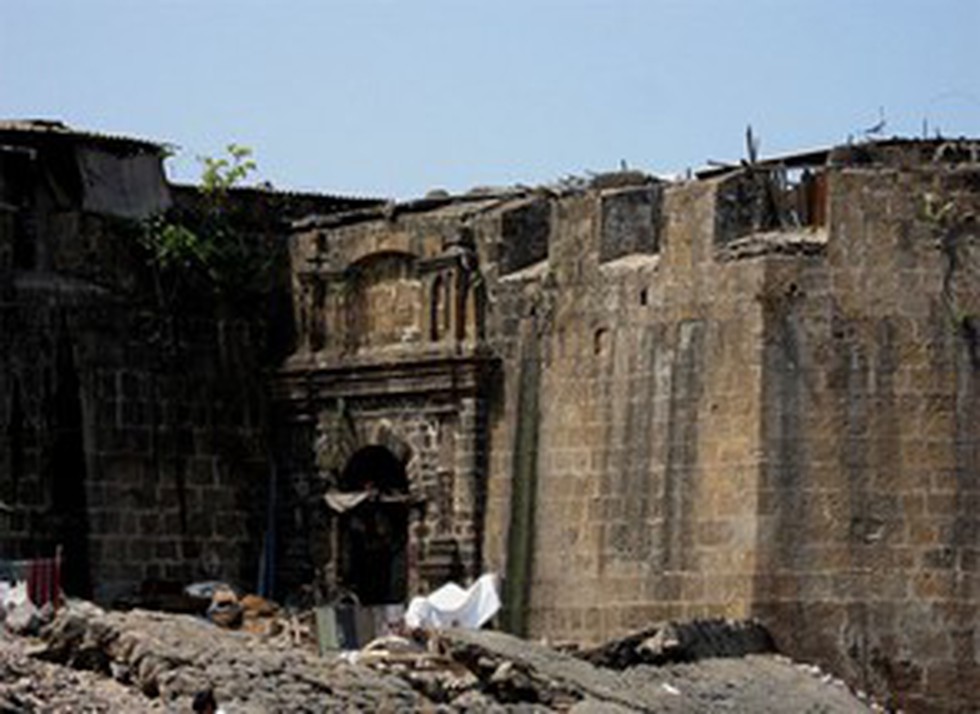
About Mahim Fort:
- Location: It is a fort in Mahim in Mumbai, Maharashtra state.
- The fort was built by Maharaja Pratapbimb of the Rajput dynasty in the 11th century AD.
- History:
- In 1516, Portuguese commander Dom Joao de Monoy entered the Mahim Creek and defeated the commander of the Mahim fort.
- The fort was the site of frequent skirmishes between the Portuguese and the Ali Shah, a Gujarati ruler before the island of Mahim was appropriated from Bahadur Shah of Gujarat by the Portuguese in 1534.
- In 1661, the Portuguese ceded the island of Mahim as dowry to Charles II of England.
- After the English gained control of the fort, it was strengthened by Sir Thomas Grantham in 1684 and became a strategic watchtower against possible Portuguese attacks and later from the Marathas.
- In 1772, the Portuguese attempted to attack this fort, but they were repelled by the British with cannonballs.
- Architecture:
- The present structure seen here is the last modified structure by the British East India Company.
- The building material used here is Sea rocks, limestones, and granite stones.
- This fort is unique for its masonry rock works.
- The total design of this fort looks square and rectangular shape when seen from the outer side.
- The main fortification walls are built high and thick.
- There are many bastions found on these walls, which are in a square model.
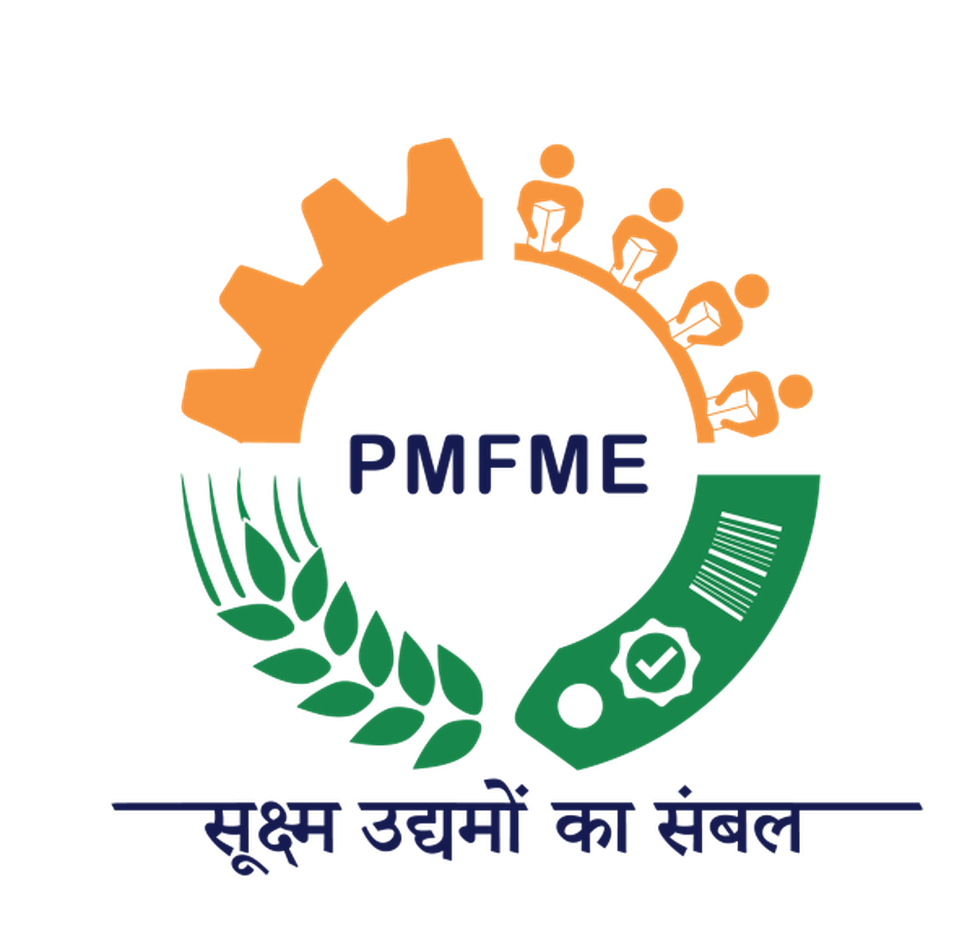
About PM Formalisation of Micro Food Processing Enterprises Scheme (PMFME):
- It is a centrally sponsored scheme launched in 2020 with an outlay of Rs.10,000 crore.
- Nodal Ministry: Ministry of Food Processing Industries.
- Duration: It will be implemented over a 5-year period from 2020-21 to 2024-25.
- Fund Sharing: The expenditure under the scheme would be shared in a 60:40 ratio between Central and State Governments, a 90:10 ratio with North Eastern and Himalayan States, a 60:40 ratio with UTs with legislature, and 100% by Centre for other UTs.
- Objectives:
- Formalization of micro units by means of GST, Udyog Aadhar, and FSSAI registrations.
- Financial assistance to individual units for the upgradation of food processing facilities.
- Quality improvement and skill development through training and technical knowledge.
- Financial assistance to Farmer Producer Organizations (FPOs), Self Help Groups (SHGs), and producer’s cooperatives for setting up common infrastructure facilities.
- Branding and marketing support to FPOs, SHGs, and producer cooperatives.
- Support and assistance in availing bank loans and preparation of detailed project reports (DPR)
- Financial Support:
- Support to Individual micro-units:
- Micro enterprises will get credit linked subsidy at 35% of the eligible project cost with a ceiling of Rs.10 lakh.
- The beneficiary contribution will be minimum of 10% and the balance from the loan.
- Support to FPOs/SHGs/Cooperatives:
- Seed capital will be given to SHGs ( at Rs. 4 lacks per SHG) for loans to members for working capital and small tools.
- Grant for backward/ forward linkages, common infrastructure, packaging, marketing & branding.
- Support to Individual micro-units:





























































































































































.png)
.png)
.png)
.png)
.png)


.png)
.png)
.png)





.png)
.png)






.png)
.png)
.png)
.png)
.png)
.png)
.png)
.png)
.png)

.png)







.png)
.png)


.png)
.png)
.png)


.png)

.png)
.png)





.jpg)

.png)
.png)


.png)

.png)
.png)
.png)

.jpg)

.jpg)


.png)

.png)
.png)
.png)
.png)
.png)
.png)
.png)
.png)
.png)
.png)




.png)

.png)





.png)
.png)
.png)
.png)
.png)
.png)
.png)
.png)
.png)
.png)
.jpg)
.jpg)

.png)
.png)
.png)
.png)
.png)
.png)
.png)
.png)
.png)
.png)
.png)
.png)
.png)
.png)
.png)
.png)
.png)
.png)
.png)
.png)
.png)
.png)



.png)
.png)

.jpg)
.jpg)


.jpg)
.jpg)
.jpg)
.jpg)
.jpg)

.jpg)








.jpg)
.jpg)
.jpg)
.jpg)
.jpg)














.jpg)
.jpg)







.jpg)


















.jpg)
.jpg)






























































































.jpg)
.jpg)


























.jpg)

.jpg)










.jpg)








.jpg)




.jpg)










.jpg)


















.jpg)












































.jpg)














.jpg)
.jpg)
.jpg)





.jpg)

.jpg)
.jpg)





































































.jpg)


































.jpg)
.jpg)
















































.jpg)












.jpg)


.jpg)




.jpg)
.jpg)
.jpg)

.jpg)
.jpg)
.jpg)
.jpg)

.jpg)
.jpg)
.jpg)

.jpg)
.jpg)
.jpg)
.jpg)
.jpg)
.jpg)
.jpg)
.jpg)

.jpg)


.jpg)
.jpg)
.jpg)
.jpg)
.jpg)
.jpg)
.jpg)
.jpg)
.jpg)
.jpg)











.jpg)
.jpg)





.jpg)
.jpg)
.jpg)
























.jpg)
























.jpg)









.jpg)
.jpg)







.jpg)
.jpg)









































.jpg)
.jpg)
.jpg)
.jpg)
.jpg)

.jpg)
.jpg)
.jpg)
.jpg)
.jpg)


.jpg)
.jpg)
.jpg)
.jpg)
.jpg)

.jpg)
.jpg)
.jpg)
.jpg)
.jpg)
.jpg)
.jpg)
.jpg)
.jpg)
.jpg)
.png)

.png)
.png)

.png)
.png)
.png)
.png)


.jpg)
.jpg)

.jpg)
.jpg)
.jpg)

.png)
.png)
.png)
.png)
.png)
.png)
.png)

.png)
.png)
.png)
.png)
.png)
.png)
.png)
.png)
.png)
.png)





































































-min.png)



.png)




.png)








































